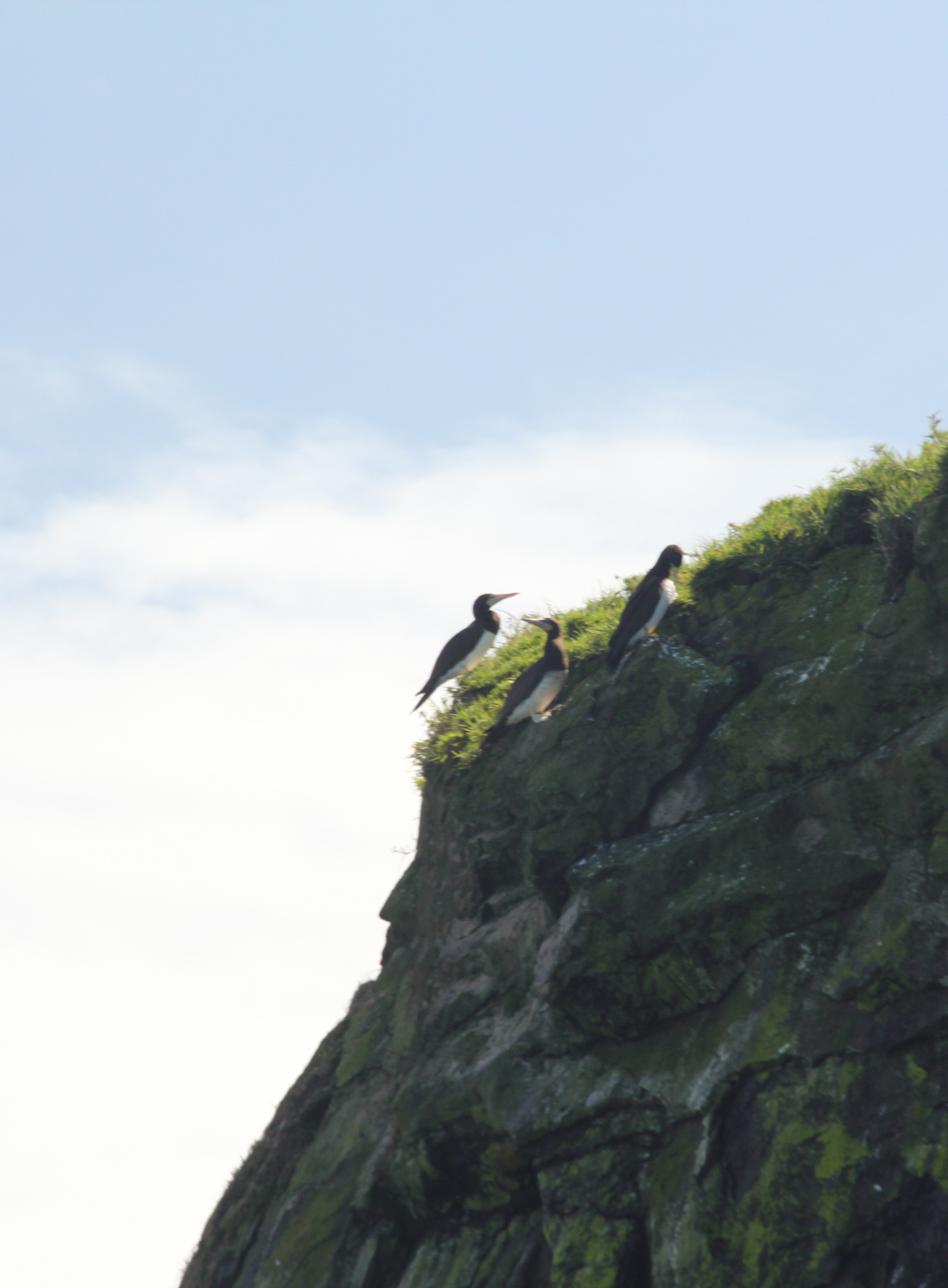We said goodbye to Bastimentos early on a Friday morning, spent the night in a beautiful, deep anchorage near Kusapin called Playa Raya, and set out the next morning for a place we'd been looking forward to visiting since we began planning for Panama back in Newport. With dying winds and diminishing swell we timed our arrival at the island of Escudo de Veraguas perfectly. There is no well-protected anchorage there, so although the island is only 12nm from the mainland spending time there can be rather uncomfortable. Even if there’s little or no swell, there is nowhere to hide from the wind. We learned that the first rolly night, but by midmorning the next day the sea was glassy and clear and the next three days were unbelievably perfect.
The island is awesome, in the true sense of the word. As we rounded each new bend the scenery seemed more and more unreal. We spent all day exploring the extensive barrier reefs, puttering through the many lagoons and inlets, spear fishing, snorkeling and searching for low hanging coconuts. The north side of the island was all Caribbean blue with white sand beaches tucked between lush green outcroppings and mangrove islands. The south side felt like something out of the reptile exhibit at the zoo – smooth rock walls dipping into deep teal water, tree trunks, vines and foliage rising from the tops of cliffs, creating a not-so-inviting entrance to the dark black jungle behind.





Escudo is the only remaining place in the world where the pygmy three-toed sloth lives. It’s hard to know exactly how many are left – counts have ranged between 40 and 100 – but the consensus is: dangerously few. I was hopeful that we’d spot one (though Matt was skeptical) so I spent the whole first day with my neck craned up, searching the canopy and high branches that hung over the water for any sign of fur. But there was more to be seen underwater and as the evening set in we enjoyed freshly speared fish and a full sky of stars overhead.
The next morning, we were cruising in the dinghy through some of the lagoons where we’d found orchids, bonefish, and tons of horseflies but no sloths. At one point, just after we’d shut the engine off the get over a shallow spot, I caught sight of something that didn’t look quite like the other branches of the red mangrove tree nearest us. We were totally shocked to be just feet away from a miniature sized sloth with three severe looking claws. His body was a self-supporting hammock and he seemed to have a smile on his face. We felt bad for waking him with the snapping of our lenses but he just opened his eyes slowly, checked us out, and went back to sleep. We went back the next day and found him in the same exact spot. I’ve been told (by a semi-reliable source) that even if a sloth drops its baby it won’t come down from the tree to rescue it. That could be one reason that they’re so extremely endangered; I can’t imagine that an island bound sloth has many predators.
We caught sight of white sails as we made our way back to the anchorage and raced over in the dinghy to greet our friends Josh, Kim and Thor. On our sail over from the mainland we’d snagged a huge wahoo, which I’d been marinating in a vinegary escabeche sauce for a couple days. We shared what was only a small portion of the fish but was tons for the five of us and we raved about how cool our time on the island had already been. Josh is the only person who might be more excited about spear fishing than Matt, and the two of them were frothing about getting in the water first thing the next morning.




That’s pretty much how our days went at Veraguas. We’d wake up, pack up the dinghy with fins, masks, snorkels, spear guns, lunch, cameras, and set out for the day. In the afternoon, we’d grab a beer and cruise along in the shadowy south side of the island until the sun started to set, then head back to the boat, cook up some fish, and pass out early, exhausted from the long day in the sun. I really don’t think we could have planned for better conditions. I also spent my birthday there, which happened to be the day I speared my first fish (first shot too!). We delayed leaving as long as we could, but needed to meet my brother and his girlfriend, who were flying into Panama City from Rhode Island. With them coming, we weren’t as bummed out about heading to Colon we might otherwise have been. But it wasn’t easy sailing away from Escudo de Veraguas, knowing we’d likely never get to see it like that again.














